Arrival Day in Kaohsiung
We only had a one hour flight from Hong Kong to the city of Kaohsiung, southern Taiwan. At only $384nz for both of us, it was a cheap option for our next country to visit.
Taiwan wasn’t even on our radar to visit but as it was so close, seemed the logical choice.
Kaohsiung is the 3rd largest city in Taiwan and has the 2nd largest airport.
The Kindness of a Stranger
On the plane, I got chatting with my neighbour, Mr Yan. He had been visiting Hong Kong from Taiwan and he lived just a bit further north of Kaohsiung. We had a great conversation about his country and ours.
Once we landed in Kaohsiung and collected our bags, we walked out into the main area of the airport and started our search to purchase a SIM and local transport cards.
Mr Yan was standing there, waiting for us to come out. He had brought us a SIM card with unlimited data and two iPass transport cards loaded with $200TWN each. He gave us his contact details so that we could WhatsApp him if we needed any assistance.
His generous gesture completely ‘knocked us off-guard’. We have never had anyone be so helpful or generous and just so intent on making sure we had everything we needed in order to enjoy our visit to Taiwan.
Of course, we were a little apprehensive that he may want something in return (a delivery of a package or something). We are always guarded when accepting kindness from strangers especially when travelling in a different country. Usually, they want some sort of payment but Mr Yau was so genuine and wished us well and safe travels.
It will be a gesture that we will always remember and hope that we can ‘pay it forward’ one day.
iPass vs Easycard
There are a couple of transport cards to choose from in Taiwan.
As mentioned earlier, Mr Yau brought us iPass cards to use throughout Taiwan. The iPass is the local card for Kaohsiung, however, it can also be used nationwide on the MRT, Kaohsiung metro and buses.
Easycard is the more popular transport card and also allows you to use the MRT and bus systems nationwide. You can also use Easycard at 7-11, Family Mart and other supermarkets. Easycard can be purchased at all MRT stations and convenience stores. All credit can be later refunded at MRT stations.
Accommodation
Our choice for our accommodation is always based on location vs reviews vs price. It is an added bonus if they offer free laundry!
The Legend Hotel Pier 2 seemed to tick all the boxes so we booked with them for 3 nights. It cost us $175nz for 3 nights including breakfast.
We were able to catch the MRT from the airport to get to our hotel. Our nearest stop was only a 15-minute walk which is no problem even with packs in tow.
The hotel had some of the best facilities we’ve stayed in. They had a huge basement area set up mainly for the hostel side of the hotel. It had a number of washing machines (free use with powder) and dryers. They also had expresso coffee machines (yes!!!).
Out and About in Kaohsiung – Day One
Fo Guang Shan
We set off in the morning and caught the MRT to Zouying, then waited for #8501 bus to take us to Fo Guang Shan
Fo Guang Shan is the largest Buddhist monastery in Taiwan. Its design is inspired by religious sites in India.
Towering above the site sits the largest ‘bronze’ sitting Buddha statue in the world. In front of the statue is the ‘Way to Buddhahood’. This was a beautiful wide pathway flanked by Eight Pagodas on either side making it quite a spectacular landmark.
There is a large Buddha Memorial Centre which houses a prized possession. It is believed to be part of Buddha’s tooth – one of only three in the world.
We spent a good couple of hours wandering the grounds and memorial centre on rather a hot, sunny day.
Lotus Pond
We caught the bus back into the city (35-40 minutes) and headed for Lotus Pond.
Lotus Pond is a man-made lake and a popular with tourists and locals alike. It opened in 1951 and is famous for the lotus plants on the lake (unfortunately not in bloom) and the numerous temples which border it.
The Temples
There are 13 pagodas and temples all within a short distance of each other. They come in various shapes and sizes but I can say that they are all ‘pimped’ to the max. We have been in a lot of temples during our travels. These would have the heaviest adorned and decorated examples we have seen.
We meandered through some of them but the stand-out ones would have to be Dragon and Tiger Pagodas, Spring and Autumn Pavilions and Chi-Ming Tang Temple (which was the most spectacular).
Dragon and Tiger Pagodas
As we started our walk around the lake and the first structure we came across was the Dragon and Tiger Pagodas.
The temple was built in 1975 and the best way to describe it is ‘in your face’ flamboyance. The colours were loud, vibrant and all the figures were large and appeared angry.
One of the towers is the Tiger Tower and the other being the Dragon Tower (go figure!).
The seven-story towers have yellow walls, red pillars and orange tiles. There are murals inside which depicts scenes from pretty weird heroic creatures.
The pagodas are connected by a zigzag bridge. We entered through the dragon’s mouth and exit through the tiger jaws. To do otherwise would apparently bring terrible luck. I wasn’t about the buck the tradition.
Spring and Autumn Pavilions
The pavilions were built in 1953 and are two Chinese palace-style pavilions. These can easily be seen from the top of the Dragon and Tiger Pagodas.
The two towers are octagonal and 4 storeys high. They too are adorned with green tiles and yellow walls. There is a pond in front with thousands of small turtles.
Dome of Lights
We caught the train back to the city and arrived at the Formosa Station. This is the location of the Dome of Lights.
The dome is the world’s largest public art installation and is made from individual pieces of coloured glass. Because of its size, it was difficult to get it all in one photo as it covers an area of 660 square metres.
It has become the number one tourist attraction in Kaohsiung.
It took 4 years to complete and shipped from Germany for installation at the station. I’m not really into art but apparently, it has an overall message of love and tolerance.
Luihe Tourist Night Markets
It would be fair to say that we are fans of night markets. How could you not be when you travel so much through Asian countries.
We were spoilt for choice when it came to choosing which one to visit. Although not the biggest, the Luihe Tourist Night Markets were the most accessible for us to get to and from our accommodation.
It is one of the most popular markets in Taiwan. There is all sorts of local delicacies (including heaps of seafood), handicrafts, clothing, knives, cameras and even live animals.
It’s packed, it’s local, and there are tons of food and shopping choices. It was easy to wander down one side of the long line of stalls and up the other side. They had tables set up in the middle so everyone could sit down for a hot meal.
Day Two
Cijin Island
We decided to travel to Cijin Island for a look around.
This thin island acts as a buffer to the harbour and extends down the city coastline. It is home to a strong fishing community where you can find some fantastic seafood at reasonable prices.
We caught the ferry from Gushan Ferry Terminal for the short trip across to Cijin Ferry Terminal. We were able to use our iPass cards which made it easy.
Our first stop on the island was to Pinky Pigs to hire ourselves a couple of electric scooters. Our scooters were nearly new and with a few instructions and map in hand, we were off to explore the island. Hirage cost us $300TWN/$14NZ each for 2 hours. It is then an additional $100TWN/$4.70NZ each for every additional hour.
The island offers great views of Kaohsiung and of the cargo ships anchored to enter the harbour.
Cijin Lighthouse
The lighthouse was originally built in 1883 by Chinese Customs to assist the ships coming into the harbour. It was rebuilt by the Japanese in 1918.
We could understand why they picked this spot to build a lighthouse. We had great views towards the mouth of the harbour, expansive open sea views as well as a great cityscape.
Cihou Fort
Cihou Fort is an easy walk from the lighthouse. Just follow the tree-lined path and it takes you to the 19th-century fort that used to guard the harbour. You pass by old bunkers that lie in ruins and overgrown with trees and shrubs.
The Cihou Fort is an interesting place to walk around and get good camera shots. The views over Cijin Beach and Kaohsiung harbour are quite spectacular.
The fort actually sits low into the ground. We spent some time climbing on top of the surrounding walls and wandering the old barracks and storerooms.
Coastal Track
We took the scooters along the very scenic coastal track which was all well paved and smooth going. There wasn’t any need to worry about traffic so it made for a relaxing easy ride.
The pathway took us through tunnels, parks, lookouts and stopped off for a look at the wind turbines.
Time was marching on and we made it back to Pinky Pigs just on the stroke of our 2 hours. In fact, I think we may have been a few minutes over so was expecting her to ping us with an extra charge. This wasn’t the case at all and so we handed in our helmets and keys back and headed off to find ourselves a cold beer.
We found a spot between the piles of fishing nets and pots, obviously where all the fishermen hang out. We sat down with another westerner guy who was also enjoying a cold one and got chatting (as you do!). It turned out that he was a Maritime Insurance Assessor and he is a contractor for various insurance companies. He travels the world as an investigator for shipping accidents. His reasons for being in Kaohsiung was to assess a maritime accident off the Taiwanese coast. He was English but lived in Phuket. It’s amazing who you get talking to and hearing their life stories.
Former British Consulate Residence and Secret Tunnel
Back on the mainland, we headed towards the former British Consulate residence. We walked quite a distance towards the Kaohsiung University as we had heard about a pedestrian tunnel that we could take to get there.
Secret Tunnel
A secret tunnel near the university was only opened to the public in 2017. Construction took over 12 months to complete, starting in 1927. It was a command centre for Japanese forces. The tunnel is certainly spacious and properly ventilated. Built ahead of its time with its own water, electricity, showers and housing facilities.
It could hold 2,150 people and provided access to the sea and was used for air defence. In 1945 the Japanese fled the US bombing of the Fuel Factory by hiding in the tunnel.
British Consulate Residence
It is a lovely place to visit for sure. There are quite a lot of stairs to climb to get there. However, once you are there, the views of Kaohsiung shoreline are stunning.
It’s the oldest Western-style building in Taiwan and dates back to 1864. They had life-size figures depicting life as it was back in the 1800’s.
New Light Rail Track
We had heard that there was a new light rail system being developed. It is a ‘work in progress’. Once completed, it will be an asset to the city.
It will eventually be a 22 km circular line and will cost over 16.5 billion Taiwan dollars to construct.
We jumped onto the train to ride some of the track that has been completed so far.
We had a relaxing ride through to the Dreamworld Shopping Centre. This complex is huge yet seemed to be in the middle of nowhere. It has clearly been constructed with the future in mind. Eventually, the rest of the city will catch up to this location but there is not much around it yet.
Summary
We had two packed days in Kaohsiung which I think was a good length of time. There may be some things we didn’t cover off. We were happy that we saw all we wanted to see.
Click on the link below to view a video of our highlights.
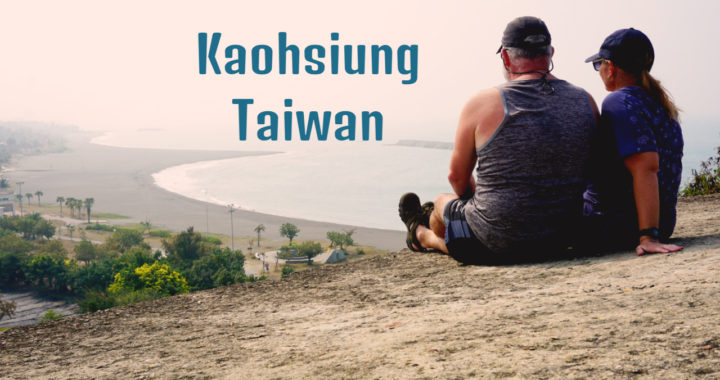
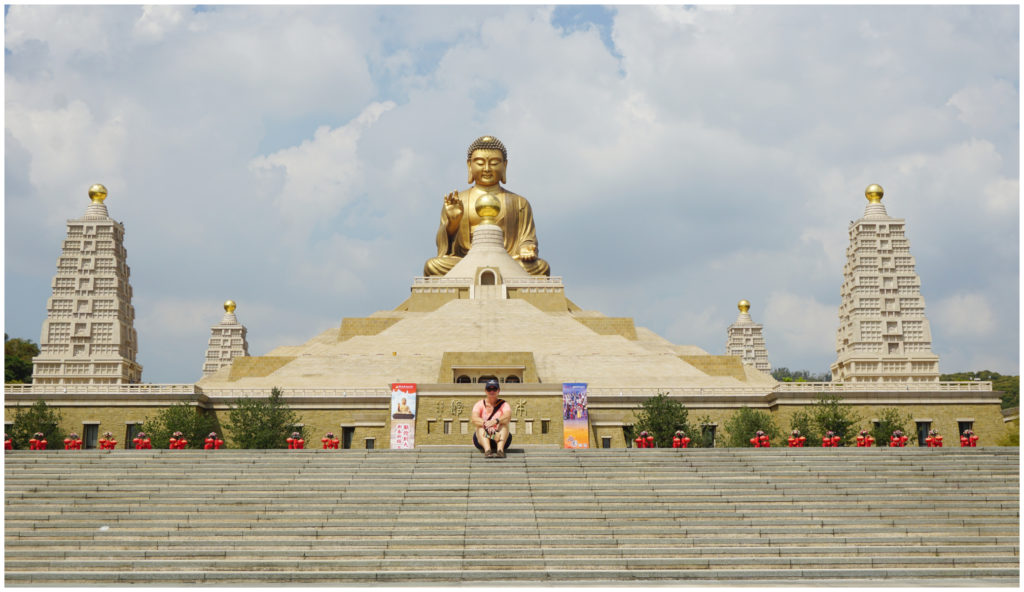
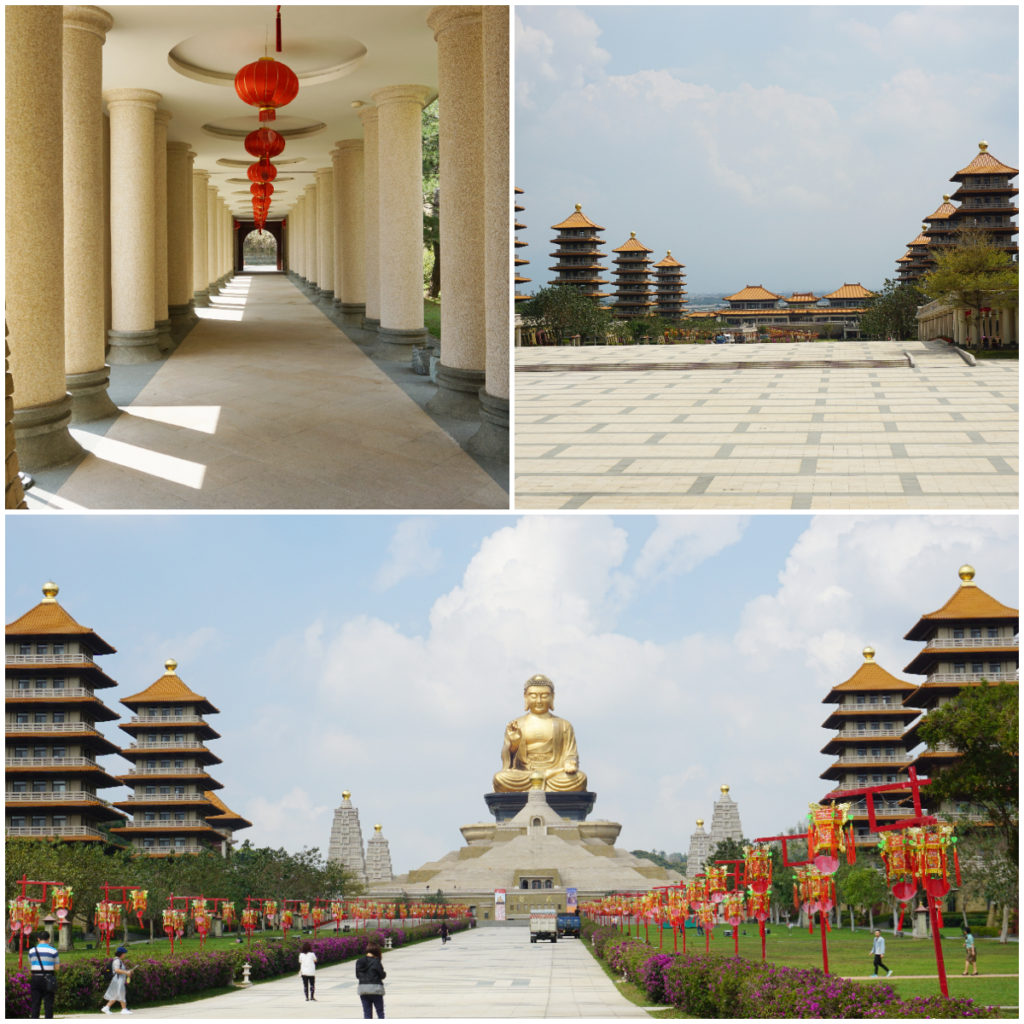
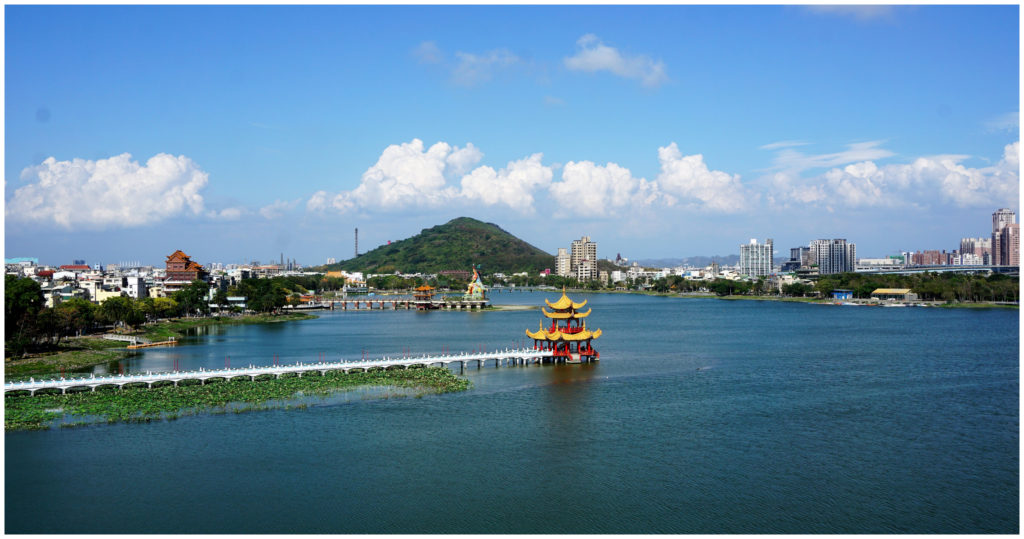
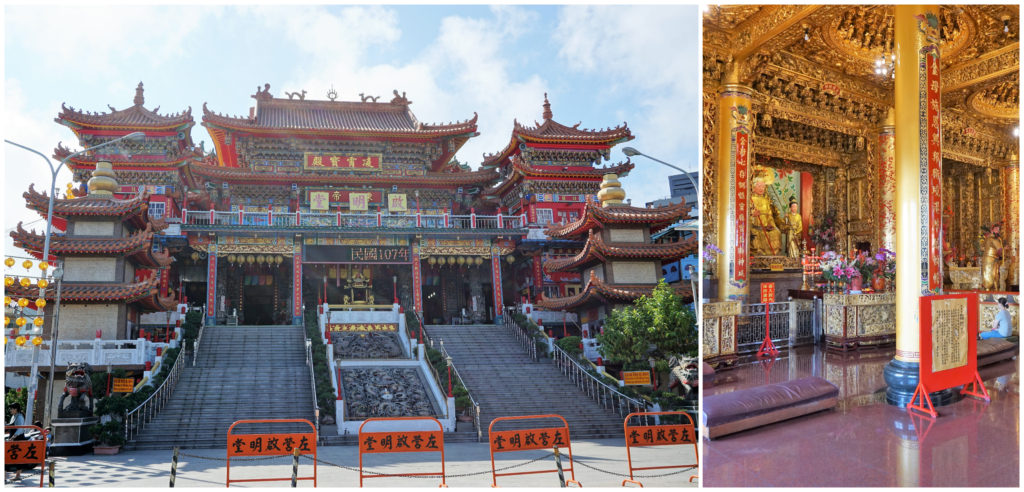
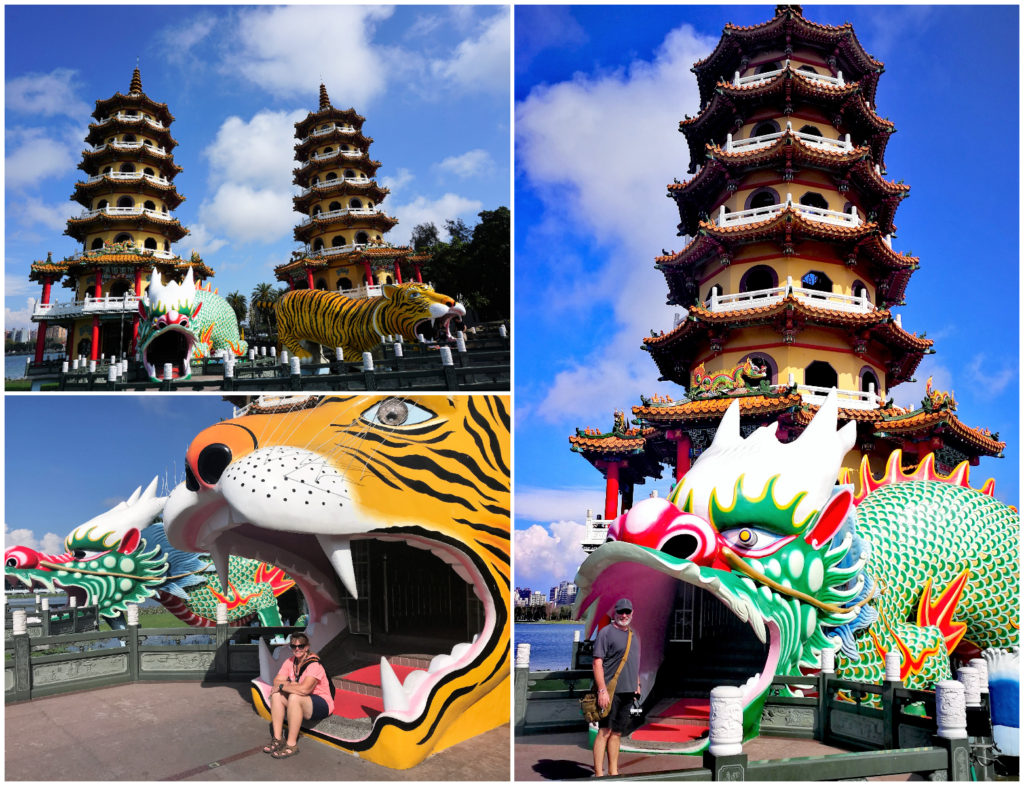
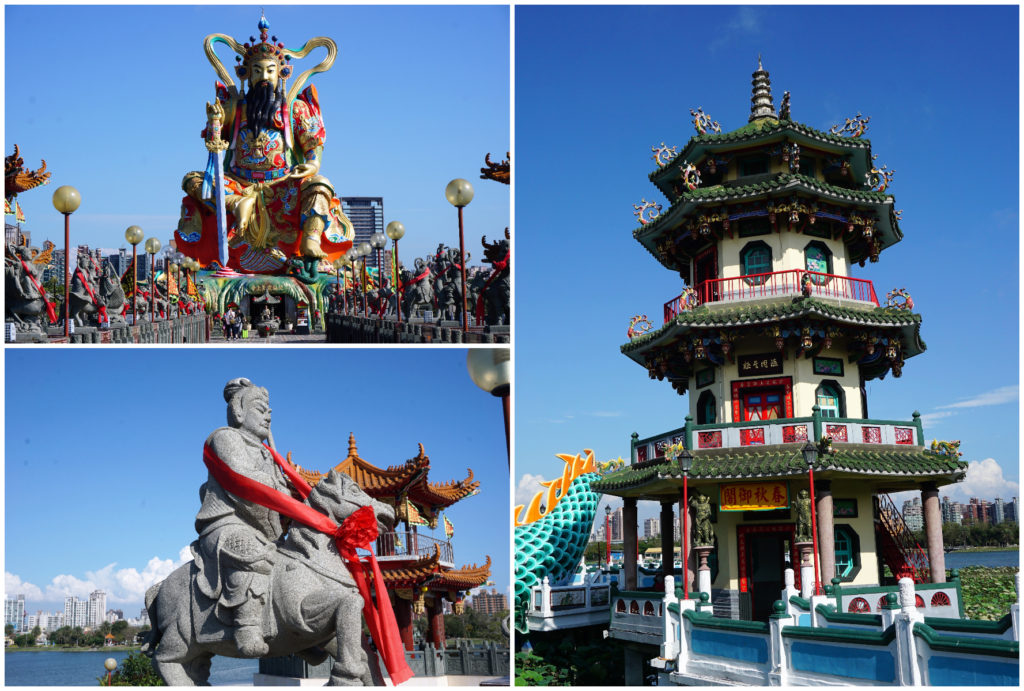
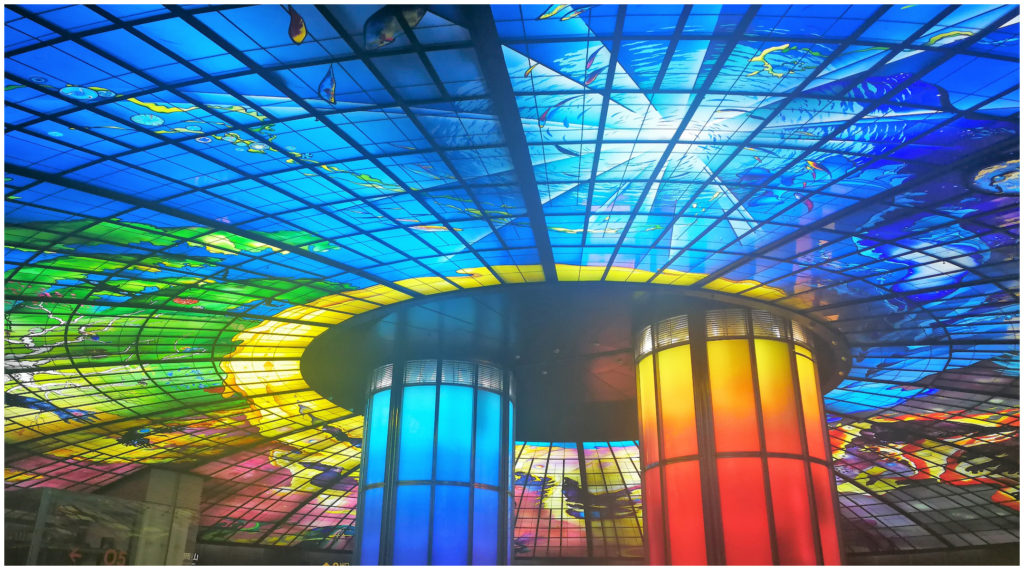
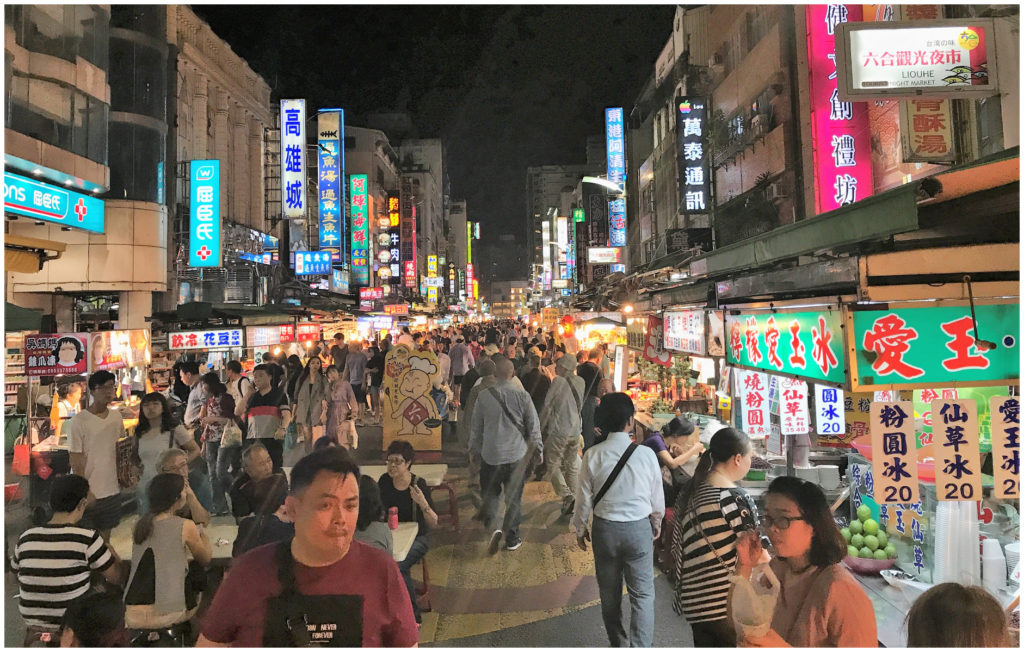
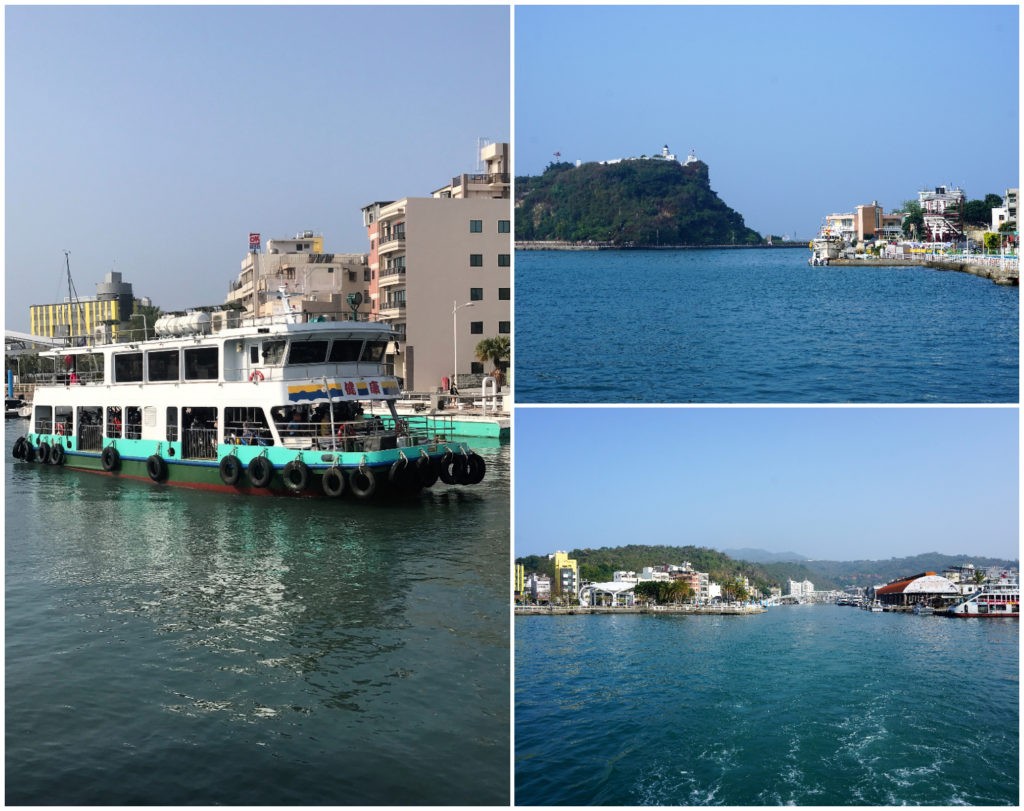
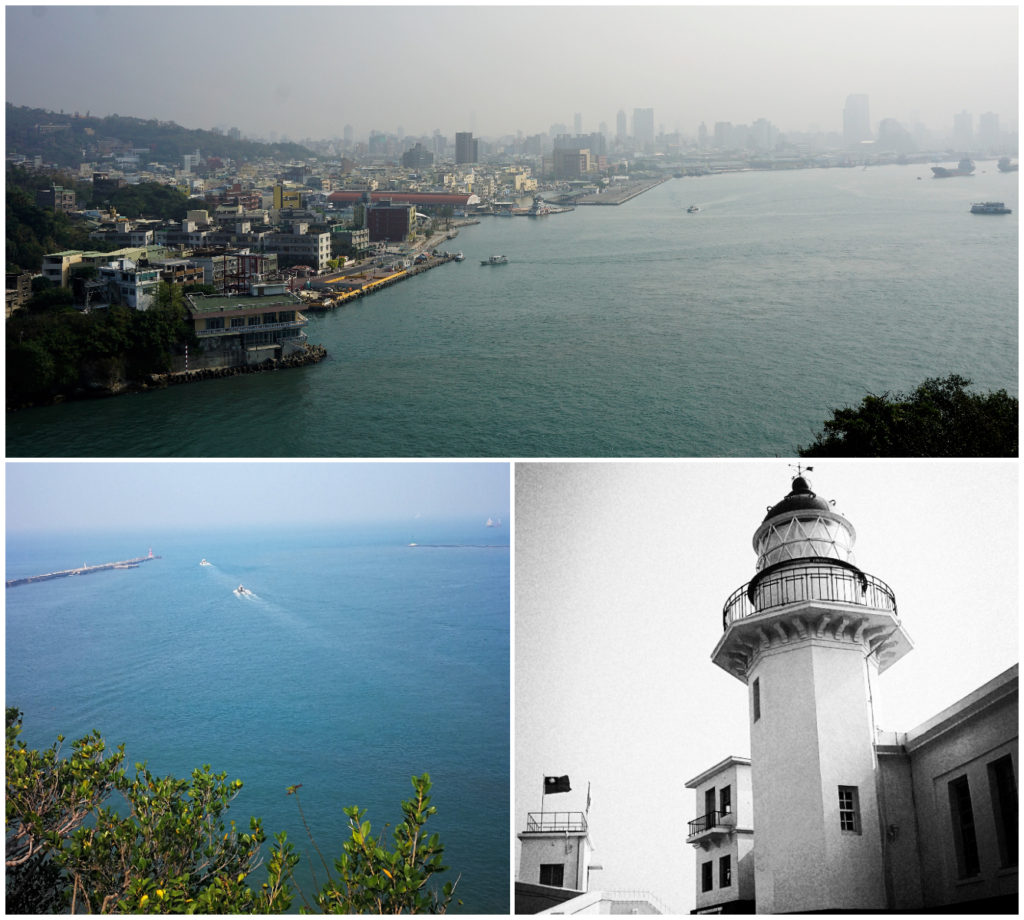
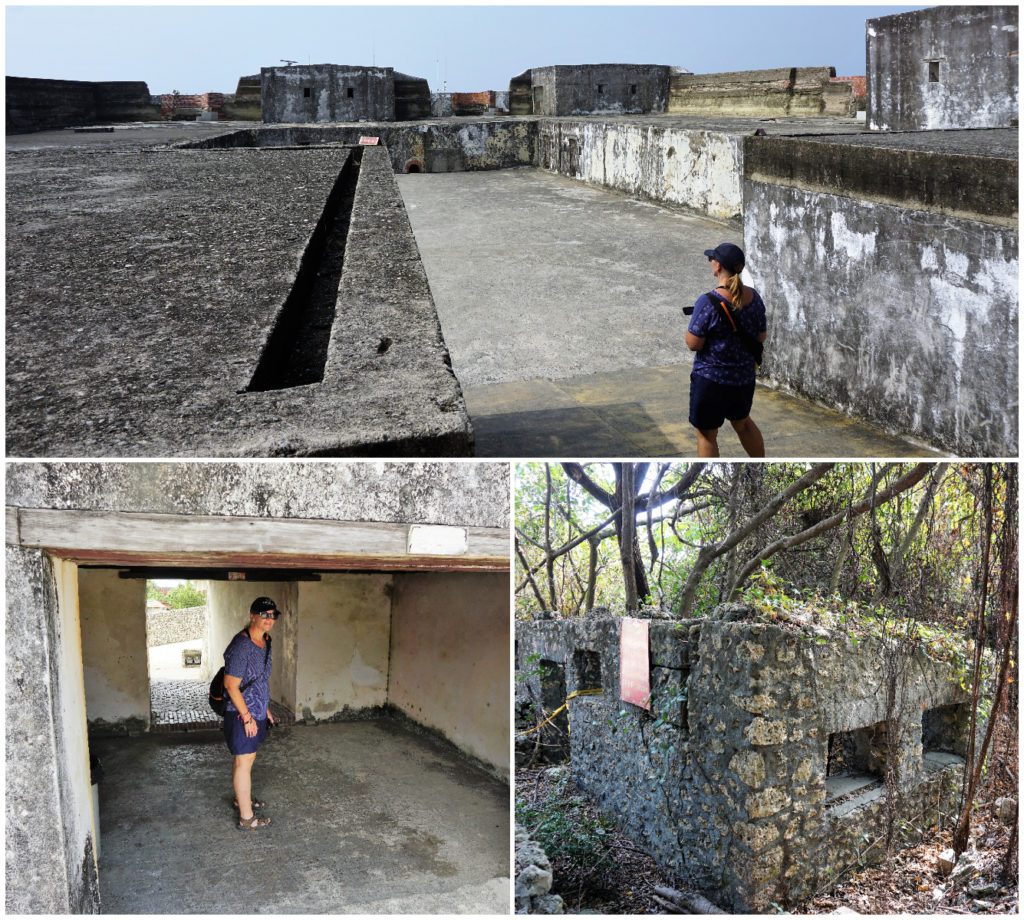
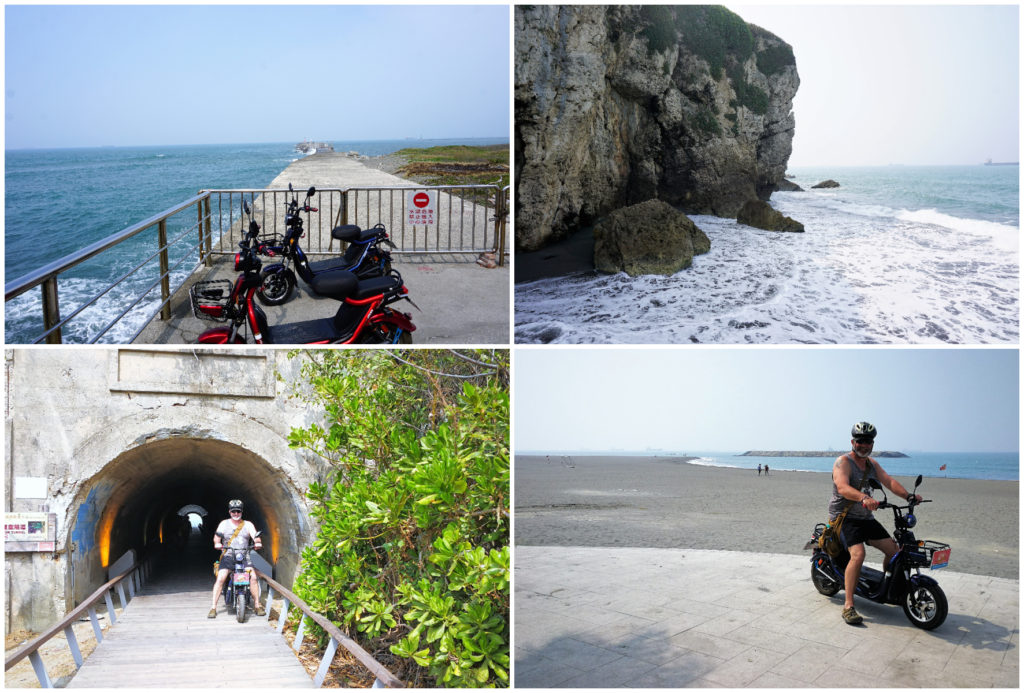
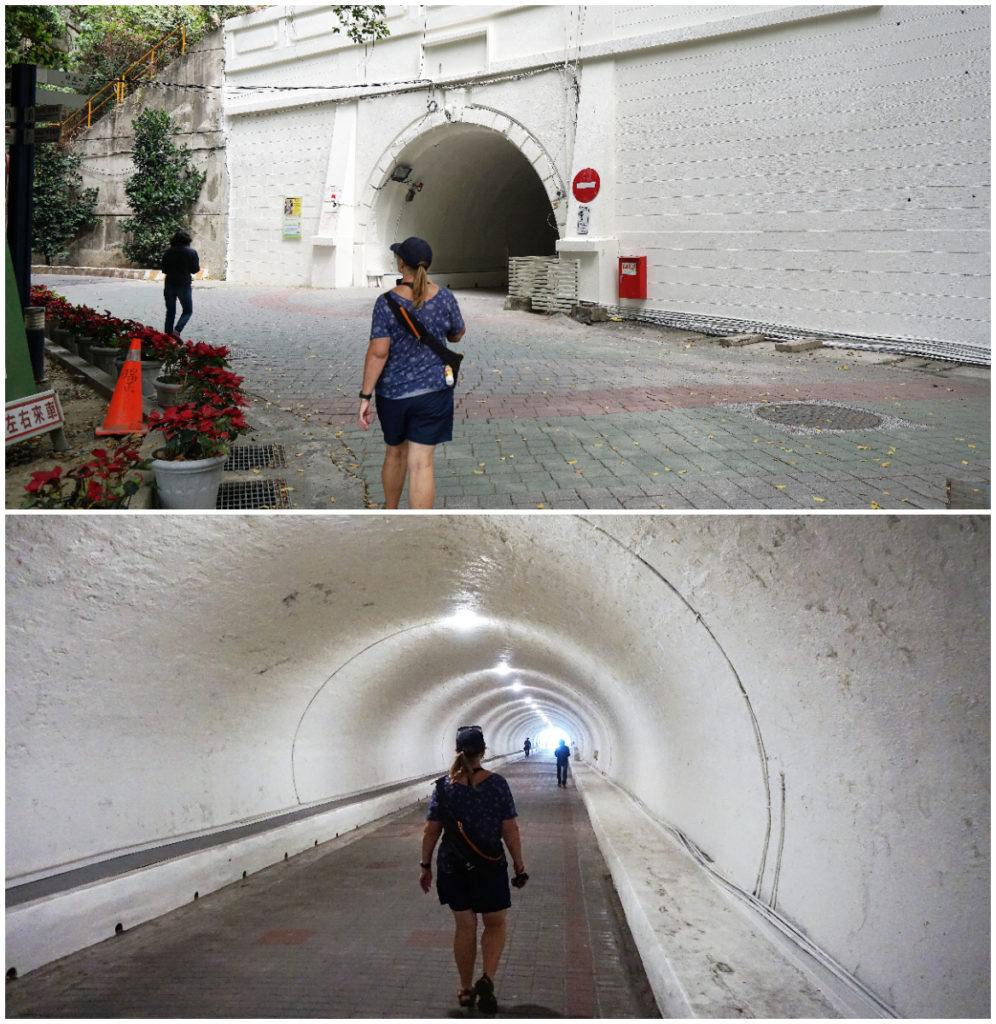
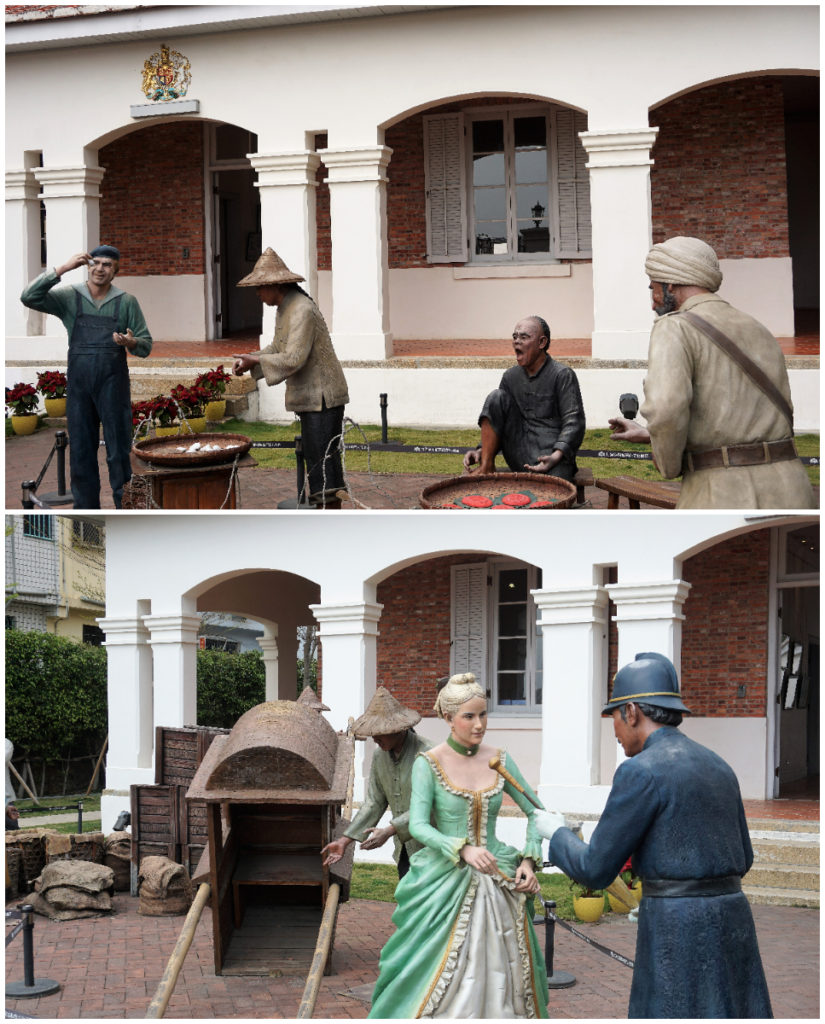
Kaohsiung looks so beautiful! Heading to Kaohsiung tomorrow and I’m feeling super excited! Had to add a few more things to the list of places to visit after reading your blog post 🙂